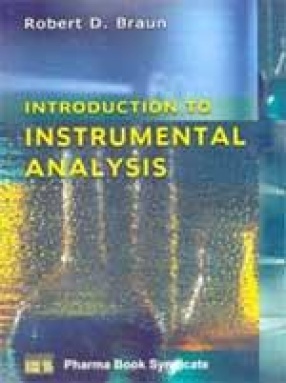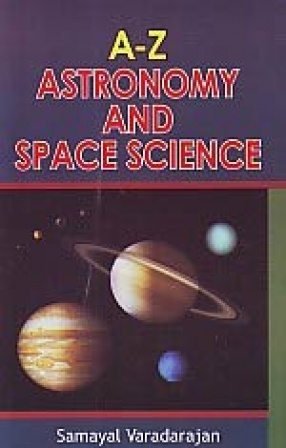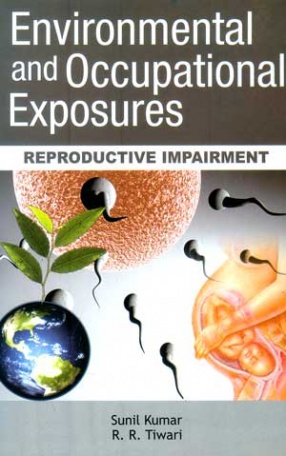Writing a text for an instrumental analysis course is a formidable task. The number of types of instrumental methods of chemical analysis is staggering. Because space and time are limited, it is impossible to describe all the instrumental methods in a single text. Decisions that sometimes appear to be arbitrary must be made as to the topics that are excluded form the text. The problem is further complicated because, in some branches of instrumental analysis, progress is being made so rapidly that nearly anything that is written is outdates before it can be put print. In the present the topics that were chosen for inclusion in the text are either well-established methods of chemical analysis with which nearly all analytical chemists are familiar or relatively new methods that show such promise that, in the author’s opinion, they soon will become well established in many analytical laboratories. Examples of the former category include atomic absorption spectrophotometry (Chapter 6), ultraviolet-visible spectroscopy (Chapter 9), potentiometry (Chapter 22), and chromatography (Chapter 24 through 26). Instrumental methods that fall into the latter category include laser-enhanced ionization (Chapter 8), photoacoustic spectrometry (Chapter 12), and the use of laboratory robots (Chapter 28). It was the original intention to include chapters on distillation and extraction. Those techniques were not included because they are not truly instrumental and because they often are adequately described in organic chemistry cources. Because nearly all analytical instruments are electrically operated and because a knowledge f the basics of electricity and electronics permits the analyst to utilize those instruments most efficiently, Chapter 2 through 4 of the text are devoted to a description of electricity, electronics, and logic devices.
A-Z Astronomy and Space Science
$56.70
$63.00





There are no reviews yet.